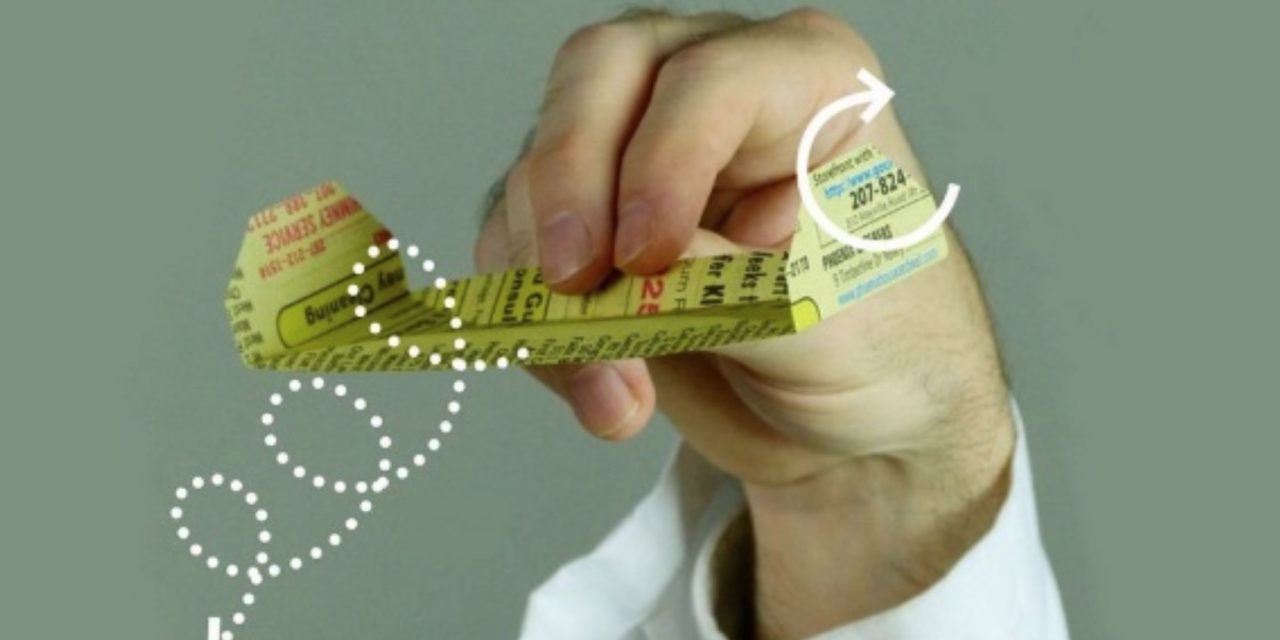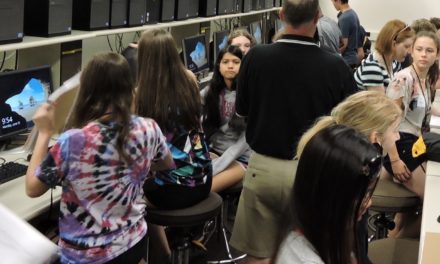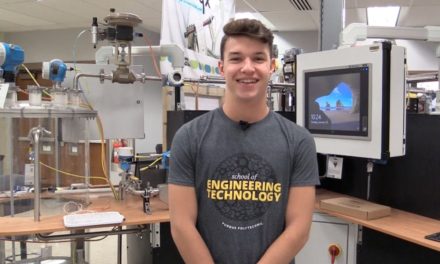First published: October 2, 2017
URL to live article: https://polytechnic.purdue.edu/newsroom/stem-lesson-plan-flying-tumblewing
Approaching problem-solving through scientific inquiry is one of the goals of a lesson plan in which student teams construct flying tumblewings from paper and then compete to see which one travels the furthest distance.
“I wanted an easy-to-implement activity for teachers which could be done on virtually any budget at any location,” said Scott Bartholomew, assistant professor of Engineering-Technology Teacher Education at Purdue University and creator of the lesson plan. “As students practice controlling and manipulating variables as well as recording and interpreting outcomes, they should begin to understand a scientific approach to problem-solving.”
The lesson plan involves teams of two or three students constructing tumblewings from several pieces of phone book paper and tape. Each team uses practices of science and engineering to explore the best possible specifications to maximize their tumblewing’s flight. They test and evaluate their designs, record design decisions in tables provided in the lesson plan, and make arguments as to which combination of variables will produce longer flights.
The lesson, which can be completed in one to two hours, was originally devised for middle school students (ages 12-14), but Bartholomew noted it works for other ages. “I have tried it with students from fourth grade up through the university level and have found success at all levels,” he said.
Bartholomew recommends using this lesson plan in the larger context of learning about the principles of flight, such as Bernoulli’s principle and Newton’s laws, and the basic rules of force, mass, energy, work, and power. He also noted that it could fit into any STEM class.
Download Scott Bartholomew’s flying tumblewing lesson plan here.




